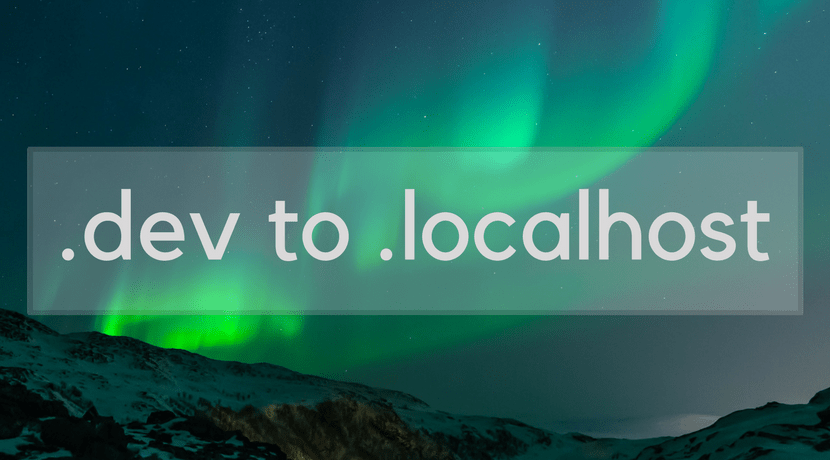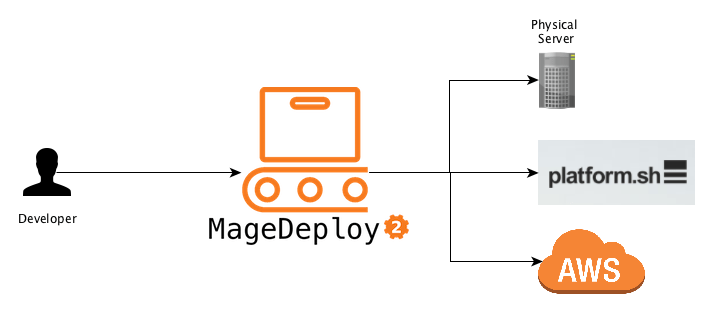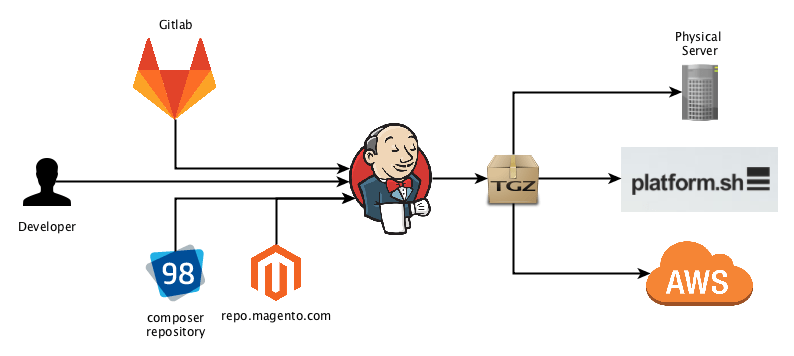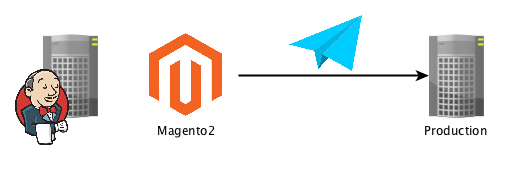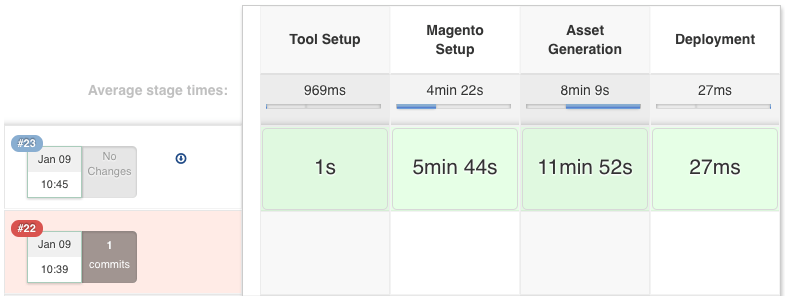Chrome 63 vs. dev domains
With the recent update to version 63 for Chrome they introduced a feature, that redirects all *.dev calls from HTTP to HTTPS. If you are using *.dev domains to access your development machine, this behaviour is probably not what you want for all your local urls. Configuring dnsmasq At netz98 we are using dnsmasq to redirect all *.dev calls to our localhost. dnsmasq has a setting where you can easily change this to another domain like *.localhost . First of locate…
